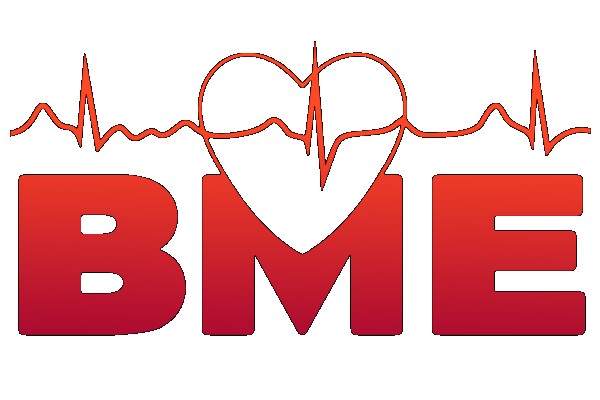Lecture:
1. Defining the terms of biomechanics, origin, structure and hierarchy of human biomechanics.
2. Classification of the musculoskeletal system, kinematic arrangement of skeletal skeleton of the human body.
3. Classification and block arrangement of the human control apparatus.
4. Description of function blocks and their binding relations.
5. Skeletal system of man.
6. Muscle and tendon system of the human.
7. Structural analysis of moving parts of the body.
8. Structural analysis of joint segments, skin, joints.
9. Compartment syndrome and its manifestations.
10. Material engineering, properties and characteristics of technical materials in biomechanics.
11. Bio-material engineering and their characteristics from the point of view of biological and technical materials.
12. Biocompatibility and implants.
13. Solutions of biomechanical problems by modeling.
14. The linking of biomechanics to the activities of the human organism.
Labs and Exercises:
1. Basic terms and classification of biomechanics. Sample examples of biomechanics theory and application.
2. Sample examples for computing force, stroke, torque.
3. The concept of center of gravity and force torques, equilibrium and non-equilibrium.
4. Mechanical patterns and computation of pressure, shear, torsion and bending.
5. Human ergonomic patterns, way, loading system.
6. Calculations of moments and energy balances of human movement.
7. Influence of sensory and locomotor organs on human motion apparatus, kinetics and kinesiology, fractures and traumas.
8. Biomechanics of the skin, strength, elasticity, joining.
9. Mechanical tests for compression and bending, and stroke.
10. Simulation and measurement of compartment syndrome and its manifestations.
11. Implantation biomechanics.
12. Nano and microbiomechanics.
13. Biocompatibility and Materials Used.
14. Examples of solutions to biomechanical problems and clinical biomechanics.
1. Defining the terms of biomechanics, origin, structure and hierarchy of human biomechanics.
2. Classification of the musculoskeletal system, kinematic arrangement of skeletal skeleton of the human body.
3. Classification and block arrangement of the human control apparatus.
4. Description of function blocks and their binding relations.
5. Skeletal system of man.
6. Muscle and tendon system of the human.
7. Structural analysis of moving parts of the body.
8. Structural analysis of joint segments, skin, joints.
9. Compartment syndrome and its manifestations.
10. Material engineering, properties and characteristics of technical materials in biomechanics.
11. Bio-material engineering and their characteristics from the point of view of biological and technical materials.
12. Biocompatibility and implants.
13. Solutions of biomechanical problems by modeling.
14. The linking of biomechanics to the activities of the human organism.
Labs and Exercises:
1. Basic terms and classification of biomechanics. Sample examples of biomechanics theory and application.
2. Sample examples for computing force, stroke, torque.
3. The concept of center of gravity and force torques, equilibrium and non-equilibrium.
4. Mechanical patterns and computation of pressure, shear, torsion and bending.
5. Human ergonomic patterns, way, loading system.
6. Calculations of moments and energy balances of human movement.
7. Influence of sensory and locomotor organs on human motion apparatus, kinetics and kinesiology, fractures and traumas.
8. Biomechanics of the skin, strength, elasticity, joining.
9. Mechanical tests for compression and bending, and stroke.
10. Simulation and measurement of compartment syndrome and its manifestations.
11. Implantation biomechanics.
12. Nano and microbiomechanics.
13. Biocompatibility and Materials Used.
14. Examples of solutions to biomechanical problems and clinical biomechanics.
